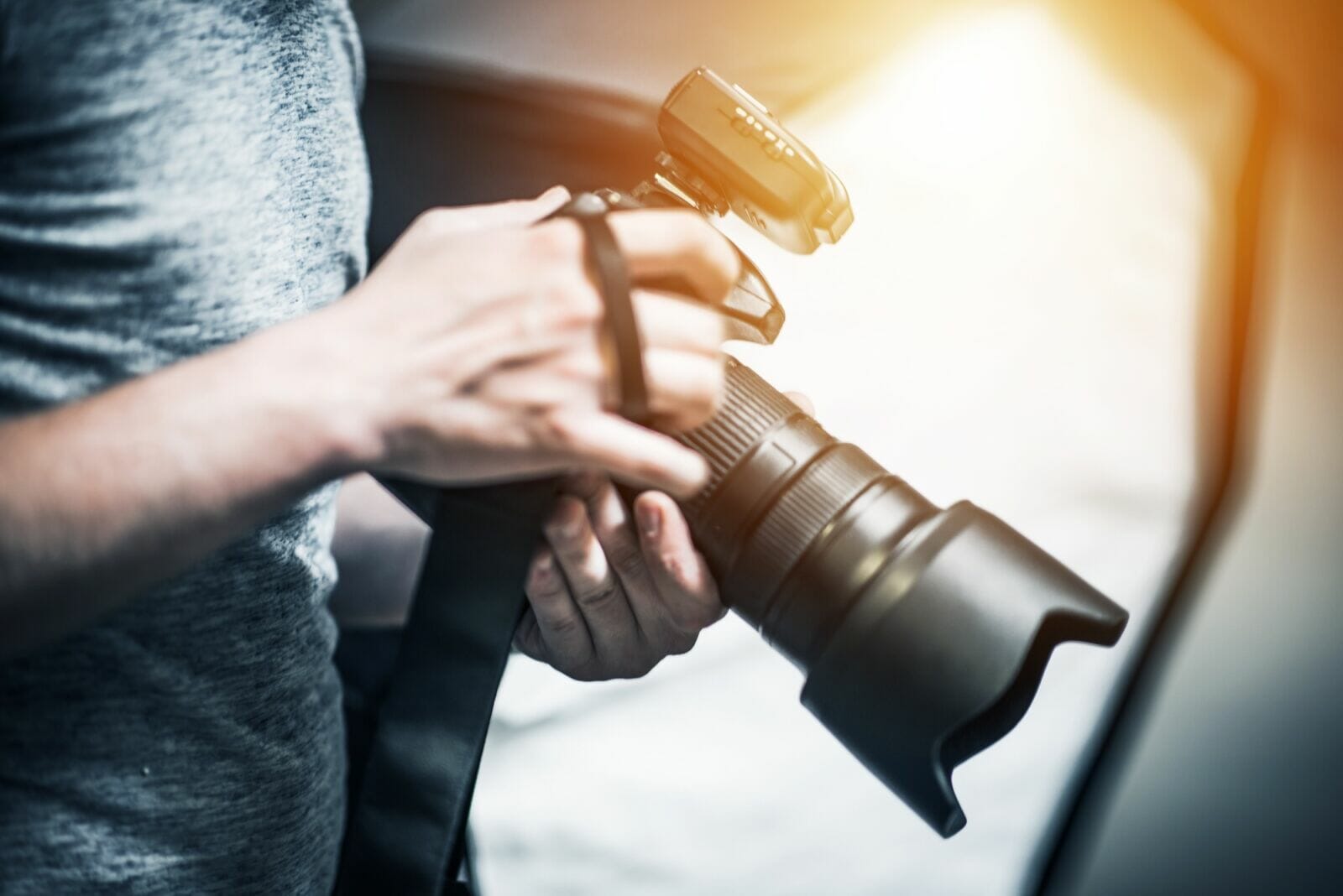Photography is a vast field filled with endless possibilities and paths. Whether you’re a beginner looking to find your place in the vast world of photography or an experienced photographer seeking to redefine your craft, exploring niche areas can be incredibly rewarding. This blog post will delve into several niche photography areas that offer unique opportunities for growth, creativity, and even business. If you’re considering a photography course, this guide will help you discover which area might be right for you.
Macro: The World Up-Close
Macro photography involves taking extreme close-up photographs, typically of very small subjects and living organisms like insects and flowers. This niche demands patience and attention to detail, as it focuses on capturing the minute details that are usually invisible to the naked eye. To excel in macro photography, invest in a good macro lens and consider the use of a tripod to stabilise your shots, as even the slightest movement can be magnified.
Astrophotography: Capturing the Night Sky
Astrophotography is a genre that captures celestial events and bodies, such as stars, moons, and galaxies. It requires not only photographic skills but also an understanding of astronomy. The key to astrophotography is a location with minimal light pollution, a high-quality DSLR or mirrorless camera, a wide-angle lens with a large aperture, and a sturdy tripod. Long exposure times and higher ISO settings are typical techniques used to capture the faint light of stars.
Underwater: A Dive into the Blue
Underwater photography is both challenging and fascinating. It allows you to explore the mysteries of underwater life and landscapes. This niche requires special equipment like underwater housings for your camera and often more advanced diving certifications. Lighting is a critical factor; underwater strobes or lights are essential due to the loss of colour and light underwater.
Sports: Capturing Action
Sports photography is all about capturing the fast-paced action and emotion of sports events. This niche requires the ability to anticipate action and react quickly. A camera with fast autofocus and the ability to shoot at high frames per second is beneficial. Long focal length lenses are also a must to capture close-ups from the sidelines.
Wildlife: The Call of the Wild
Wildlife photography is for those who love nature and are passionate about animal behaviour. It requires not only patience and persistence but also respect for nature and wildlife. Telephoto lenses are crucial to maintain a safe distance from wild animals. Additionally, understanding animal behaviour is key to anticipating their actions for the perfect shot.
Street: The Art of Everyday
This is a fast-paced genre that involves capturing candid moments and the human condition in public places. This type of photography is spontaneous and relies heavily on the photographer’s ability to observe and capture fleeting moments that tell a story. A good street photographer moves invisibly and has an eye for detail, composition, and timing.
Architectural: Structures in Focus
Architectural photography focuses on capturing buildings and other architectural structures in a way that is both aesthetically pleasing and accurate to the intentions of the architect. Wide-angle lenses are often used to capture the full structure, and photographers must consider elements like lighting, angle, and composition to convey the true essence of a building.
Fashion: More Than Just Clothing
Fashion photography is centred around clothing and other fashion items. This niche is highly creative and often involves collaboration with designers, models, and makeup artists. Fashion photographers not only capture clothing but also set the mood and style of the imagery, which can range from studio work to elaborate location shoots.
Documentary: Telling Stories Through Images
Documentary photography is about narrating stories through pictures. It involves a deep understanding of the story you want to tell and a commitment to truth and objectivity. Documentary photographers must have a keen eye for detail and a profound ability to connect with their subjects. A good photography course can provide the technical skills and ethical frameworks necessary for this challenging yet rewarding field.
Aerial: The Bird’s Eye View
Aerial photography offers a different perspective by capturing landscapes, cityscapes, and other scenes from above. This can be done using aeroplanes, drones, or even high structures. Drone photography, in particular, has become increasingly popular and accessible, providing photographers with new angles and opportunities to explore creative compositions.
Exploring niche areas in photography can help you find your focus and develop a unique voice as a photographer. Whether you’re drawn to macro photography’s intricacies, astrophysics’ brilliance, or street photography’s human touch, each niche offers unique challenges and rewards. Dive deep into these specialisations to discover which aligns best with your passions and strengths, and start capturing the world through your lens in a way only you can.




